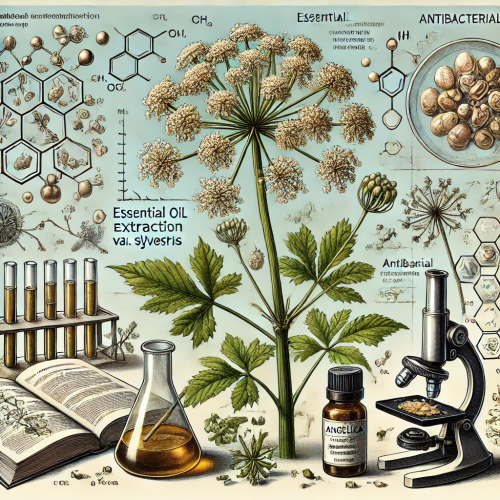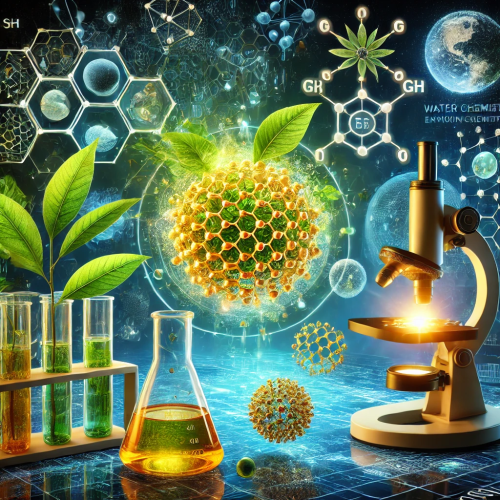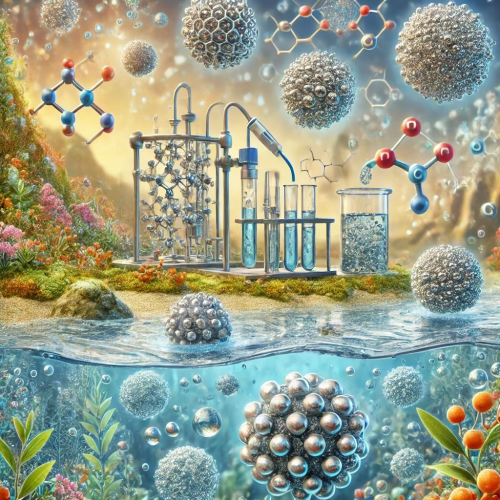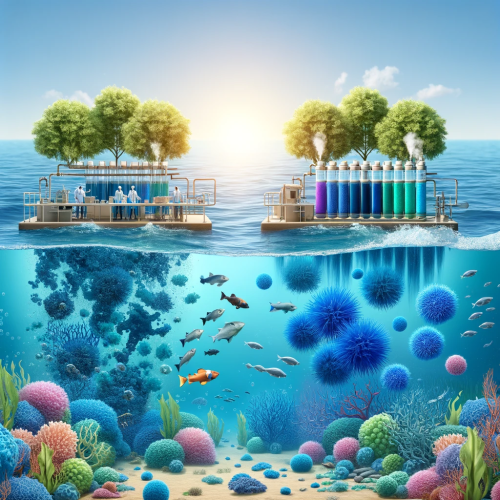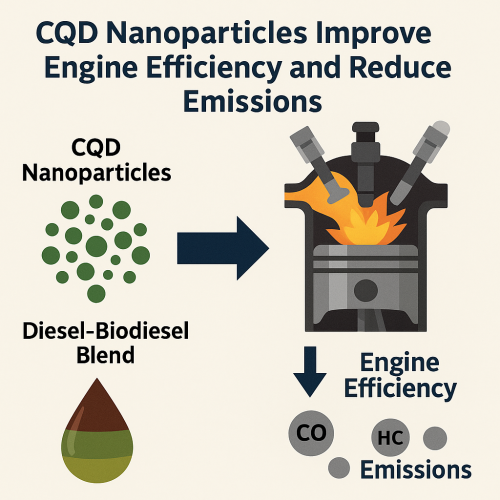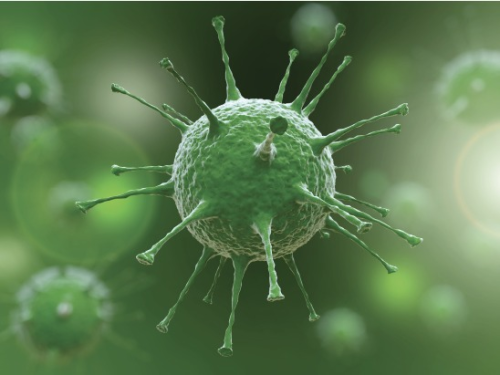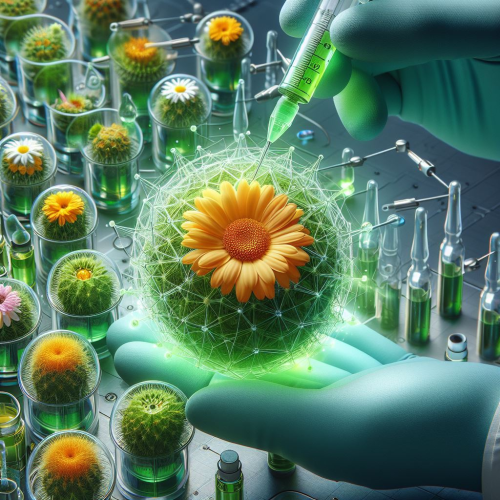Marine Macroalgae Biosorbents: Eco-Friendly Solution for Water Pollution
Yapılış Tarihi | 28 March 2024, Thursday
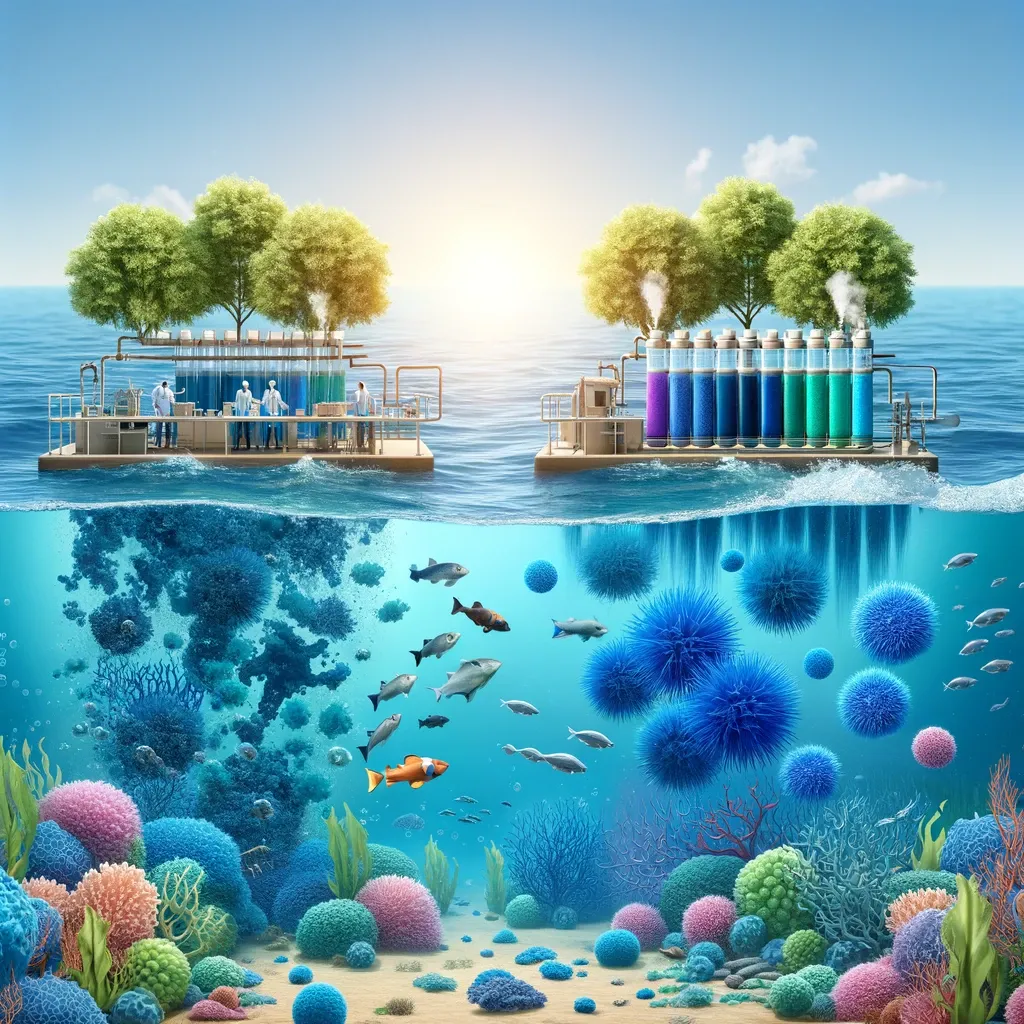
The increasing emission of pollutants such as dyes from industrial sectors such as textiles and printing into ecosystems poses a serious threat to water quality and biodiversity. Traditional cleaning methods are often expensive and complex, leading to the search for environmentally friendly alternatives. Marine macroalgae, known for their various properties, offer a promising solution with an environmentally friendly and effective pollutant removal method called biosorption. This study focuses on the macroalgae Ulva rigida as a biosorbent for organic dyes, examining both adsorption and degradation processes. Utilizing macroalgae to reduce pollutants offers a sustainable approach to overcoming environmental challenges.
Marine Macroalgae: Environmentally Friendly Dye Removers
In this research, the effectiveness of Ulva rigida macroalgae in the removal and degradation of organic dyes was investigated. Materials such as sodium hydroxide, FeSO4•7H2O and dyes like malachite green and safranin O were used. A total of 15 macroalgae samples were collected and classified according to their shape characteristics. The macroalgae biomass was subjected to cleaning, drying, and homogenization processes to be converted into powder form. Initial tests determined the absorption capacity of macroalgae for methylene blue. Magnetically modified Ulva rigida particles were synthesized using iron oxide micro particles with microwave irradiation. Adsorption experiments with safranin O and malachite green solutions were conducted with both natural and magnetically modified Ulva rigida biomass. The degradation of malachite green was investigated using magnetically modified Ulva rigida biomass in the presence of hydrogen peroxide. The peroxidase-like activity of Ulva rigida biomass processed with the effect of iron oxide particles was also evaluated. In addition, additional procedures such as adsorption kinetics, thermodynamic studies, scanning electron microscopy (SEM), and energy-dispersive X-ray spectroscopy (EDS) were applied to evaluate the biosorption process in detail. These methodologies demonstrated that macroalgae could be an effective and environmentally friendly alternative for the removal and degradation of dyes.
Marine macroalgae, especially Ulva rigida, were promising as effective biosorbents for removing organic dyes. Initial experiments revealed that U. rigida showed high adsorption efficiency for methylene blue, encouraging further work with malachite green and safranin O. The biomass was magnetically modified using a simple microwave-assisted synthesis method, which enhanced its adsorption capabilities. The optimal temperature was determined to be approximately 25°C, and the magnetically modified biomass exhibited high peroxidase-like activity, facilitating the degradation of organic dyes. This combined adsorption/degradation process was found to be more effective than pure adsorption. These biosorbents enable the economical and environmentally friendly removal of pollutants and have broad application areas in sustainable water treatment technologies. Therefore, the results of the study show the importance of comprehensively evaluating and optimizing these biosorbents.
Green Solution: Water Pollution Cleaning with Marine Macroalgae
Marine macroalgae have emerged as effective biosorbents for removing organic pollutants from water, now offering a sustainable solution for environmental technology applications. Simple magnetic modification of the biomass allows for rapid and selective removal from processed solutions, and significant dye degradation is achieved thanks to the peroxidase-like activity of the magnetic particles. This combined adsorption/degradation process represents a new approach to the removal of organic molecules in water treatment. The study conducted by researchers highlights the efficiency of Ulva rigida biomass in adsorbing malachite green and safranin O dyes, and both natural and magnetically modified biomass exhibit high adsorption capacities. These findings demonstrate the promising role of marine macroalgae in tackling water pollution issues and that the results obtained will be beneficial in future studies.
Link to the Study: https://link.springer.com/article/10.1007/s13399-023-04938-8
Researchers of the Study: Ivo Safarik, Füsun Akgül, Jitka Prochazkova, Rıza Akgül
Diğer Haberler


